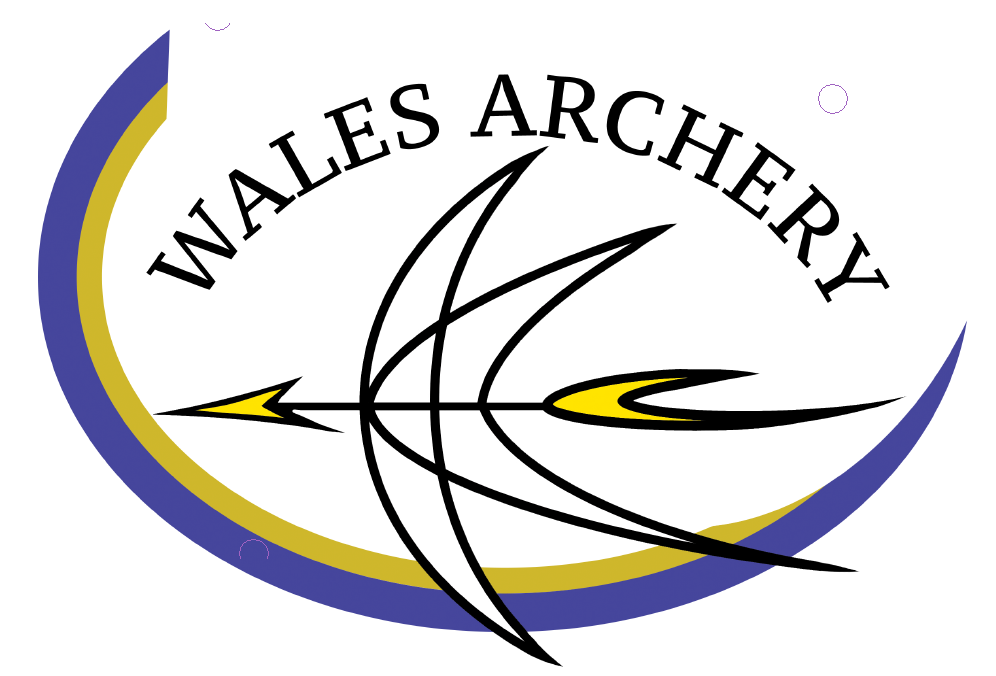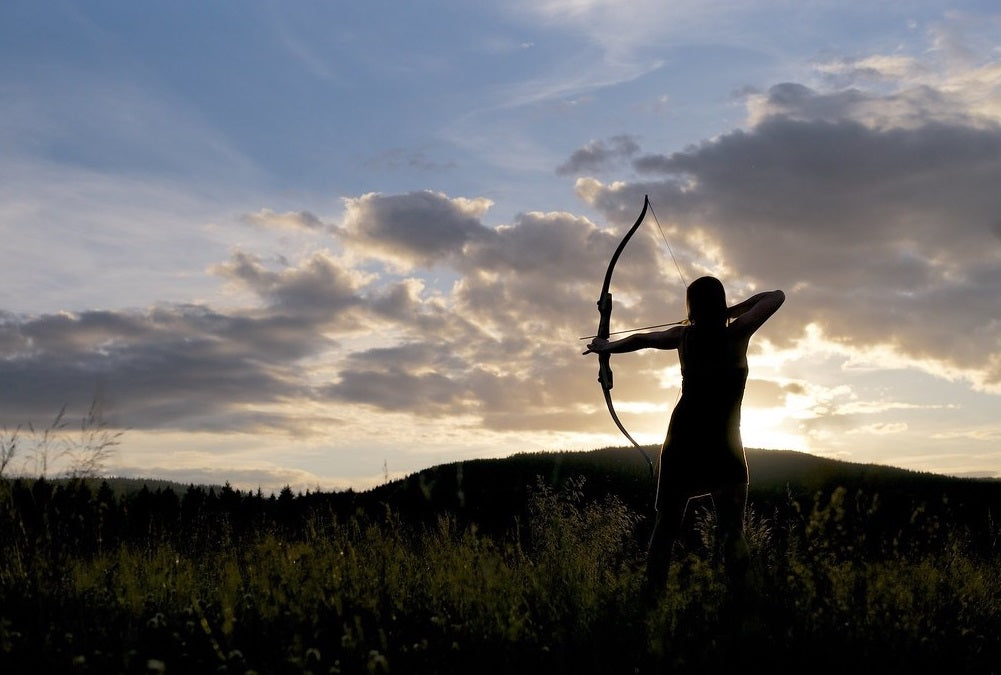No matter the bow style you shoot, stance and head and body positioning play an integral role in recreating the same motion and movements, as well as protecting you from harm.
Stance
How you stand has to be a repeatable action, exactly the same every time. There are three different stances, remembering that the weight should be on the balls of your feet, slightly tipped forward. A wide stance is also recommended to create a solid foundation. Here are their advantages and disadvantages:

Square stance
This stance is easy for new archers to get to grips with and is used by some of the world's best. Your feet should be in line with each other so that if a line is drawn from your toes it would go straight to the target. The benefit to this stance is that your shoulders are in line and pointing towards the target, making for an easy, repeatable action.

Open stance
The open stance gives you the greatest stable platform to shoot from by moving your rear foot forwards. You must however rotate your abdomen and make sure your hips follow your feet.

Closed stance
The closed stance is used if you are having problems aligning your shoulders. This is done by moving your rear foot backwards, though it can lead to clearance issues.
Head and body positioning
After your stance is set, we are then looking at head and body placement which is important for a multitude of reasons including establishing a consistent draw length, reducing strain on the muscles and loosing the string more cleanly.
The first movement after setting your stance is to stand up straight, look forward and turn your head to face the target without moving it forwards or backwards. This is very important as you can change your draw length by altering any of this. Raise the bow and string hands together to about eye level, keeping the arrow parallel to the ground. Next you want to draw the string to your anchor, taking extra care not to move the head towards or away
from the string.
When at anchor, the draw elbow is ideally above the line of the arrow by around three to six degrees. The bow shoulder should remain relaxed during the draw and after the execution of the shot. Should the bow shoulder raise it can lead to bow cant, decreased draw length and misalignment.
If you have any questions, please drop me a line at AdamL@walesarchery.com


